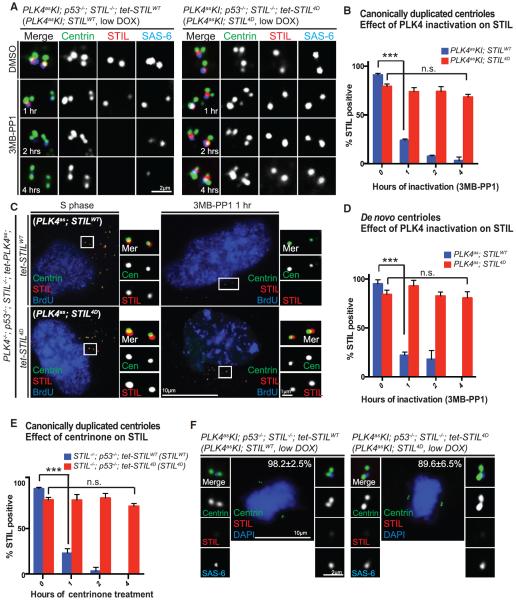Figure 3. Cartwheels Composed of Phosphomimetic STIL Are Stably Maintained at the Daughter Centrioles Independent of PLK4 Activity.
(A) Centrioles in PLK4asKI; STILWT or 4D cell lines, as indicated, were stained for STIL and SAS-6 before and after the inhibition of the endogenous PLK4 with 3MB-PP1.
(B) Quantification of STIL loss seen in (A). Error bars represent SD; n > 25, N = 3. ***p < 0.001; n.s., non-significant (two-tailed t test).
(C) De novo centrioles made of STILWT (top) or STIL4D (bottom) were induced in PLK4as; STILWT or 4D cells and analyzed with the indicated antibodies before (left) and after (right) PLK4 inhibition for 1 hr.
(D) Quantification of STIL loss seen in (C). Centrioles made of the exogenous STILWT or STIL4D were inhibited of PLK4 for indicated amounts of time and analyzed for STIL retention. Error bars represent SD; n > 25, N = 3. ***p < 0.001; n.s., non-significant (two-tailed t test).
(E) Quantification of STIL loss induced by centrinone. Wild-type PLK4 was inhibited with centrinone in STILWT or STIL4D cell lines for indicated amounts of time. Error bars represent SD; n > 25, N = 3. ***p < 0.001; n.s., non-significant (two-tailed t test).
(F) Loss of the cartwheel from STIL4D newborn centrioles occurs normally in mitosis. Stable PLK4asKI; STILWT or PLK4asKI; STIL4D cells in metaphase were examined for cartwheel loss with indicated antibodies. Note that by metaphase, both STILWT and STIL4D were removed from most centrioles.

